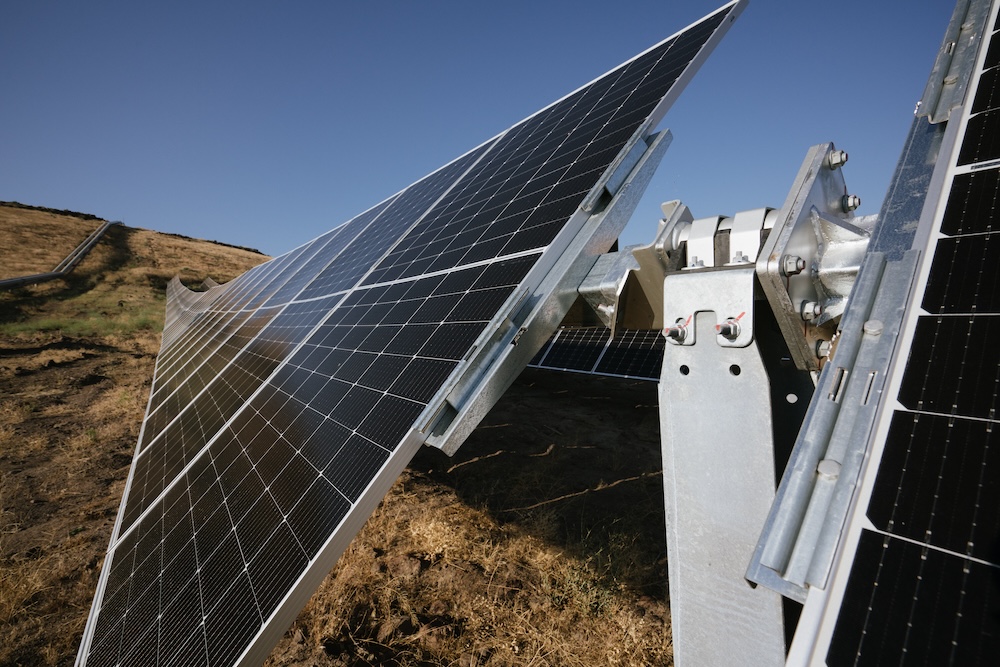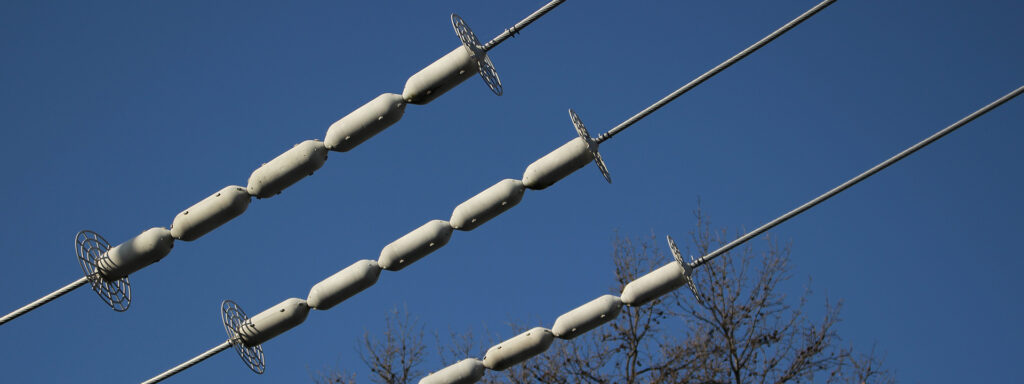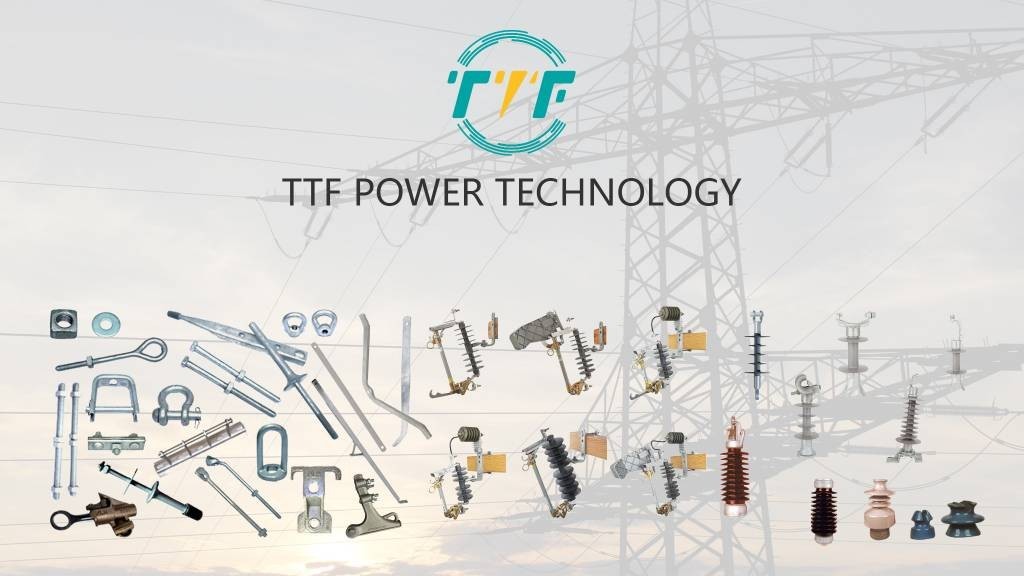
PV Hardware (PVH), a Spanish company, is developing a solar farm project in Chile, integrating solar tracking systems. The company is leveraging Chile’s solar resources and favorable conditions for renewable energy projects. For instance, the Atacama Desert has the highest levels of solar irradiance, ideal for large-scale solar projects. PVH has been involved in several high-profile solar projects in Chile, providing solar tracking systems, fixed structures, and engineering solutions. Its involvement in solar farm development will contribute to Chile’s renewable energy transition. Their tracking systems maximize solar energy output and make it more competitive with traditional energy sources. PVH’s expertise and innovative solutions will remain critical in achieving Chile’s goals to become a global leader in renewable energy. Line guards protect electrical infrastructure and ensure the safe and efficient operation of the solar farm.
Line guards are protective devices installed on electrical lines to safeguard against physical damage. These lines are crucial in solar farms to carry electricity generated by the solar panels to inverters, transformers, and the grid. Line guards enhance the durability and reliability of electrical lines to contribute to the efficient and long-term operation of solar farms. This maximizes energy production, ensures safety, and reduces operational costs. In solar farms, line guards protect the cables from damage by reducing the risk of exposed wires. They also reduce the need for frequent repairs, thereby reducing exposure to electrical risks.
Importance of line guards in Chile’s solar farm development
Line guards are protective devices installed on overhead power lines to deter wildlife from coming into contact with electrical conductors. They prevent electrical faults and outages caused by animals to enhance the reliability and safety of power transmission systems. In solar panel development, line guards enhance operational safety, reduce maintenance costs, and prevent power disruptions. Their roles include:

- Protection against environmental damage—line guards act as physical barriers to deter animals from accessing live conductors. Animal interference and bird nesting lead to potential damage on the electrical lines.
- Preventing power line wear and failures—power lines may sway and rub against structures in areas with strong winds. Line guards help reduce the friction that can lead to cable wear and failures. They also provide insulation to prevent electrical faults caused by exposed wires touching each other.
- Enhancing safety in high-voltage installations—solar farms operate at high voltages, and exposed wires pose a danger to workers during maintenance. Line guards help reduce accidental contact risks, contributing to the efficiency and longevity of a solar power system.
- Grid integration and stability—line guards help maintain a stable electrical flow and ensure that generated solar power reaches the grid. Line guards help the solar farm adhere to the strict safety regulations.
Contribution of solar farms to grid integration in Chile
Chile has expanded its solar energy capacity with large-scale solar farms playing a crucial role in integrating renewable energy. Chile has abundant solar resources in the Atacama Desert. PVH’s solar farm development contributes to grid stability, energy reliability, and the transition to a sustainable energy future. The solar farm in Chile strengthens grid integration, reduces carbon emissions, enhances energy security, and supports economic growth. Integrating solar farms into the grid helps address challenges such as grid infrastructure limitations and energy restriction issues. Discussed below are the contributions of solar farms in Chile’s grid integration initiatives.

- Enhancing grid stability—solar farms provide a significant portion of energy supply and reduce reliance on fossil fuels. The integration of battery energy storage systems helps store excess solar power and release it when demand is high. This is crucial for balancing the grid and preventing energy shortages.
- Reducing transmission congestion—large-scale solar farms generate power closer to consumption areas. This is crucial for reducing strain on long-distance transmission lines. Modern solar farms use smart inverters, and grid-friendly technology allows energy to be injected into the grid smoothly.
- Supporting Chile’s renewable energy goals—solar farms contribute to Chile’s commitment to becoming carbon neutral. Solar farms complement wind and hydroelectric power by generating electricity during the day.
- Enabling energy exports – Chile has been exploring cross-border energy trading with Argentina and Peru. Exporting surplus solar energy can strengthen Chile’s regional energy security. There are efforts to integrate Chile’s renewable energy into a broader South American energy network.
